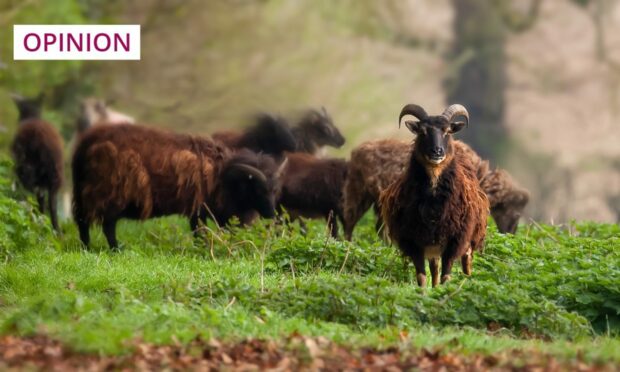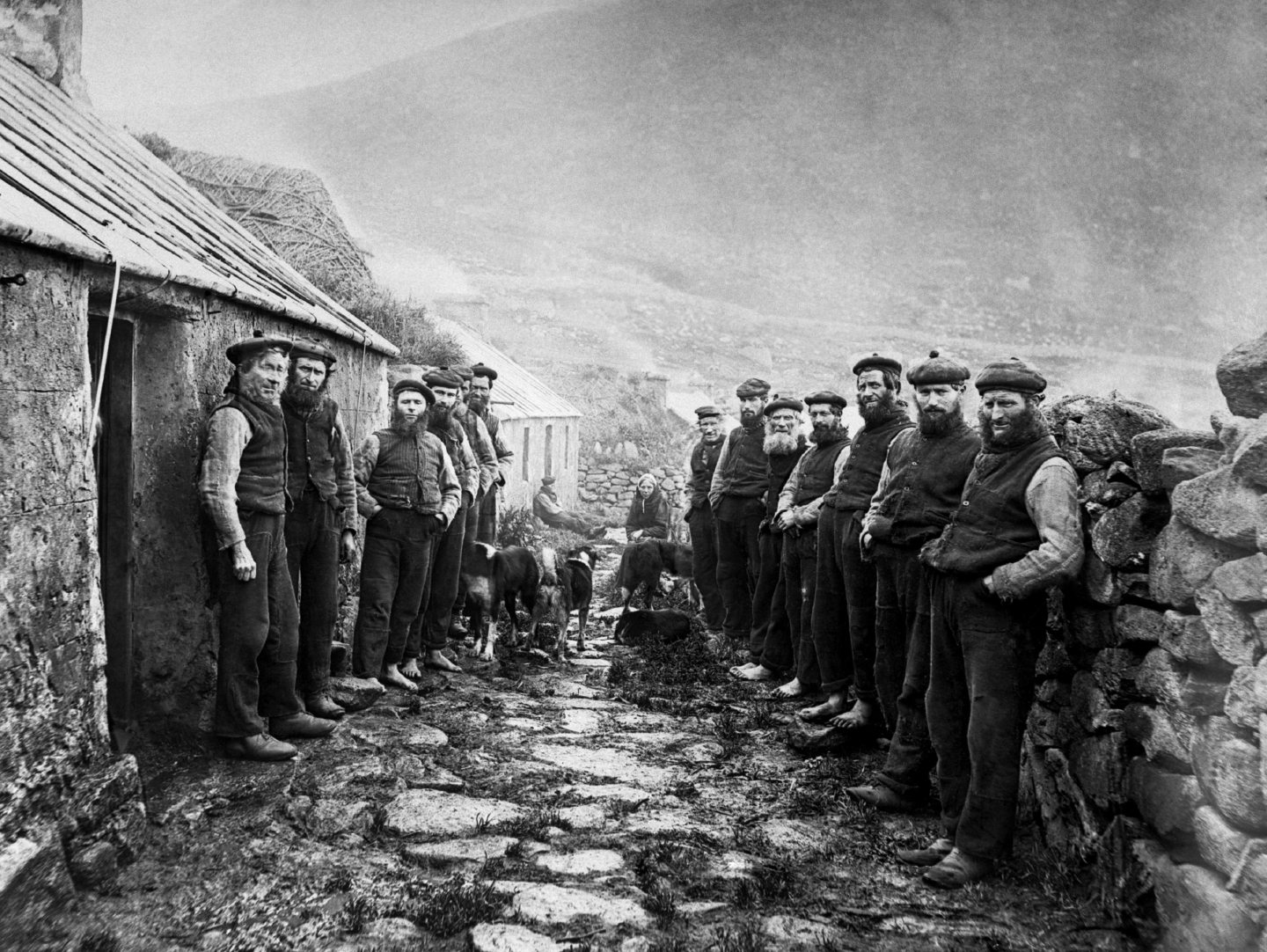Our petition to the Scottish parliament, asking MSPs to reassess the government’s interpretation of the 2006 Animal Health and Welfare Act with regard to all the sheep populations on the St Kilda archipelago, is the culmination of a campaign that began a number of years ago.
We were perplexed by the National Trust for Scotland’s resolute refusal to manage any of the sheep on St Kilda in order to reduce the suffering associated with winter starvation. After all, the sheep in Village Bay on Hirta are gathered every year and, given the regular summer visits by the LCL landing craft – removal of some animals for sale to mainland flocks would be relatively easy.
Why, on a World Heritage Site and National Nature Reserve, would you go out of your way to avoid the humane option of population control? A Freedom of Information request to the University of Edinburgh revealed a possible answer: a document, written by the St Kilda Soay Sheep Project for the attention of the Trust, which countered our arguments for a need for management and included the warning that they would be unlikely to continue their research if any intervention took place.
Although the Soay Sheep Project has produced excellent research in evolutionary genetics, its study relies on selection pressures associated with exceptionally high rates of winter starvation and, so, comes at a cost in terms of animal welfare that no authority appears to be willing to recognise.

The entire project has been given the requisite approval from the University of Edinburgh Animal Welfare and Ethical Review Body (AWERB). We wrote to the AWERB chair, Professor Cathy Abbott, expressing our concern that the research was providing a cloak of respectability to the Trust’s irresponsible policy of “non-intervention”.
We asked whether the AWERB would sanction the study were it to be replicated on a farm of similar size to Hirta (670 hectares) on the mainland.
Given the Scottish Government’s current position on this, it would be quite legal for the researchers to translocate the Hirta sheep to the farm and monitor the effects on the animals of starvation and parasitism closer to home. However, come February and March, the public could see what was happening and would not tolerate watching 600 adult sheep slowly dying in such an inhumane way every year. Professor Abbott refused to engage in this “thought experiment”.
The researchers argue that their work is licensed by the Home Office, suggesting approval. Though technically accurate, the licence only covers some of the study sheep, and only for the very short period of time when blood is sampled once a year. We have no concerns about the welfare of the sheep when gathered, but it is misleading to imply that the Home Office licence covers the project as a whole.
Ethical safeguards in animal research should not depend solely on AWERB or Home Office approvals. It is important that individual researchers assess the consequences of their work.
It is one thing to observe, another to campaign against improving animal welfare
Those working on the Soay Sheep Project have been chroniclers of the effects of starvation on the sheep, and presumably view their research as primarily observational. But it is one thing to observe and quite another to actively campaign against measures to improve the welfare of their Village Bay study animals, especially when their arguments against intervention are extended to all three flocks of sheep on the archipelago.
Ignoring Home Office guidance (which makes it clear that the sheep are “feral”, having domesticated ancestors), the Soay Sheep Project is arguing that the sheep on St Kilda are “wild” animals and therefore, by inference, we should not be concerned about their welfare.
The National Trust for Scotland and the Scottish Government appear to be happy for the researchers to lead the way on championing this argument and their indifference to the sheep’s suffering; and, with such powerful allies, they may well succeed in getting their way.
Our petition seeks to correct what we believe to be a misinterpretation of the animal welfare legislation, but it is being turned into a semantic “wild versus feral” debate. This issue is much more fundamental than that, being one about our humanity, deciding whether we choose to act to reduce animal suffering… or look for excuses not to.
David Buckland and Graham Charlesworth are vets who have worked for many years in the Western Isles

